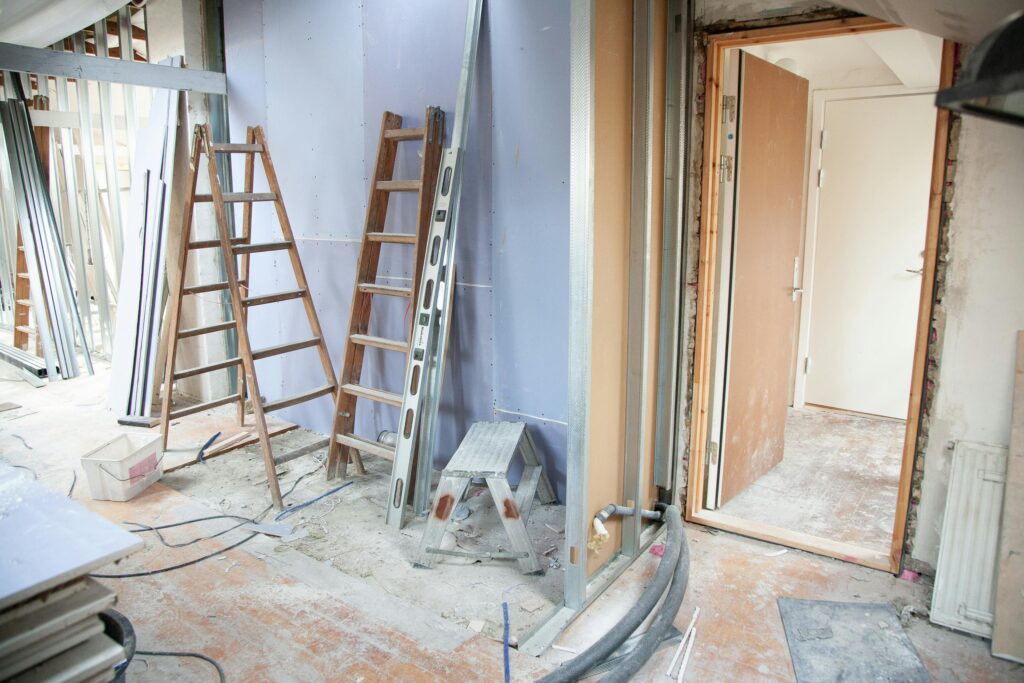The kitchen is often referred to as the heart of the home—a space where meals are prepared, conversations flow, and memories are made. Whether you’re looking to enhance functionality, update an outdated style, or increase your home’s value, a kitchen renovation can be a game-changer. However, the process requires careful planning, budgeting, and execution to ensure success. This guide will walk you through the essential steps of a kitchen renovation.
1. Planning Your Kitchen Renovation
Before diving into the renovation process, it’s crucial to establish a clear vision. Ask yourself:
- What do I want to change about my current kitchen?
- What is my budget?
- How much space do I have to work with?
- What style and materials do I prefer?
Creating a checklist of needs versus wants can help prioritize features while staying within budget. Consider working with a kitchen designer to bring your ideas to life with professional input.
2. Setting a Realistic Budget
Kitchen renovations can range from minor updates to full-scale remodeling projects. To avoid overspending, set a budget that covers:
- Cabinets and countertops
- Appliances
- Flooring
- Plumbing and electrical work
- Labor costs
It’s always wise to set aside an additional 10-20% of your budget for unexpected expenses, such as plumbing issues or hidden structural damage.
3. Choosing the Right Layout
The layout of your kitchen plays a vital role in its efficiency and comfort. Some popular layouts include:
- Galley Kitchen: Ideal for smaller spaces, featuring two parallel counters.
- L-Shaped Kitchen: Provides open space and is great for entertaining.
- U-Shaped Kitchen: Maximizes storage and workspace.
- Island Kitchen: Adds functionality and serves as a social hub.
Think about the kitchen work triangle—the optimal positioning of the sink, stove, and refrigerator—to enhance workflow.
4. Selecting High-Quality Materials
The durability and aesthetics of your kitchen depend on the materials you choose. Consider the following:
- Countertops: Quartz, granite, marble, or butcher block offer durability and style.
- Cabinets: Solid wood, MDF, or laminate cabinets determine both appearance and longevity.
- Flooring: Tiles, hardwood, and vinyl are popular options, each with its own benefits.
Investing in high-quality materials can save money in the long run by reducing maintenance and replacement costs.
5. Upgrading Appliances and Fixtures
Modern appliances not only improve efficiency but also enhance your kitchen’s aesthetic appeal. When selecting appliances, consider energy-efficient models to save on electricity bills. Smart appliances with touch controls and remote access are becoming increasingly popular.
Additionally, upgrading sinks, faucets, and lighting fixtures can make a significant difference in the overall look and functionality of the space.
6. Lighting and Ventilation
Proper lighting is essential for both functionality and ambiance. Use a combination of:
- Task lighting: Focused lights for cooking and food preparation.
- Ambient lighting: Soft lighting to create a warm atmosphere.
- Accent lighting: Highlight design elements like cabinets or countertops.
Good ventilation is also important to prevent odors, smoke, and moisture buildup. Installing a range hood or an efficient exhaust fan can keep the air fresh and clean.
7. Hiring Professionals vs. DIY
While DIY renovations can save money, hiring professionals ensures quality and compliance with building codes. Consider hiring:
- A kitchen designer for layout planning.
- A contractor for construction and installation.
- An electrician and plumber for wiring and plumbing upgrades.
For minor tasks like painting or assembling cabinets, a DIY approach can help cut costs.
8. Final Touches and Decor
Once the major renovations are complete, it’s time to add finishing touches:
- Stylish backsplashes for an elegant touch.
- Decorative hardware for cabinets and drawers.
- Indoor plants or open shelving for a modern look.
Conclusion
A kitchen renovation is a rewarding investment that enhances both aesthetics and functionality. By carefully planning, setting a budget, and choosing the right materials, you can create a kitchen that meets your needs and adds value to your home. Whether you’re going for a sleek modern design or a cozy rustic feel, the key to a successful renovation lies in balancing style, practicality, and budget.
Are you planning a kitchen renovation? Share your ideas and inspiration!



